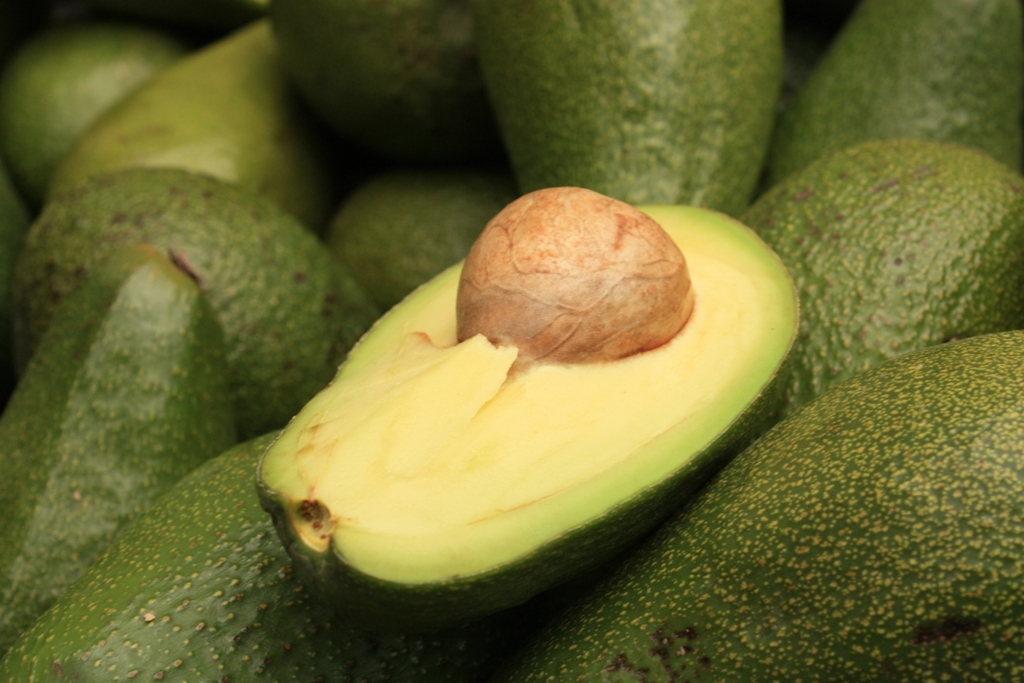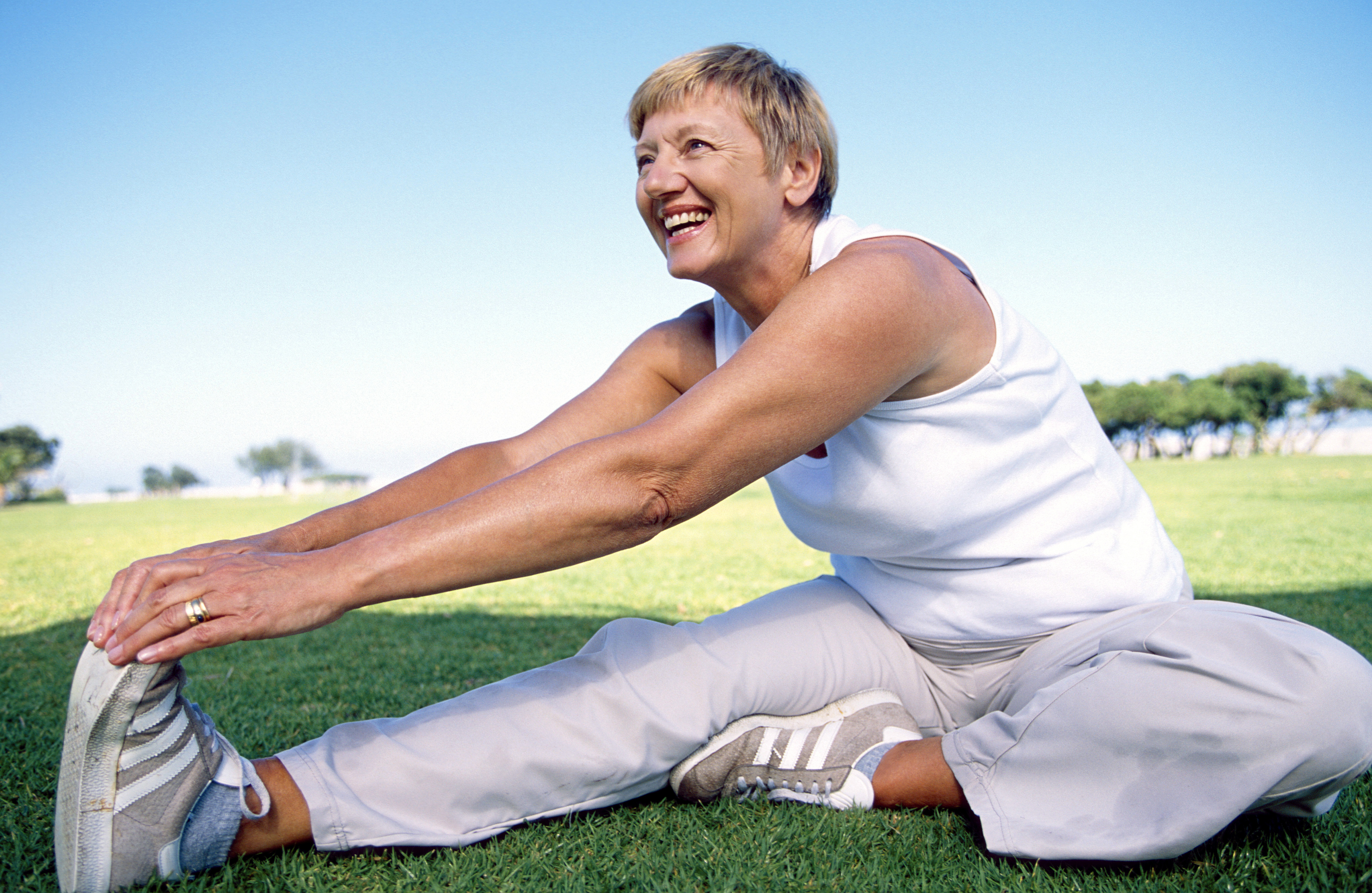Winter weather got you feeling a flare-up in chronic pain or fibromyalgia? You might try supplementation with vitamin D. A new study showed that patients with fibromyalgia who used vitamin D supplements had significant reductions in pain and fatigue compared to a placebo group.
Lead author of the study, Florian Wepner, MD, said that vitamin D supplementation could be "an extremely cost-effective alternative or adjunct to expensive pharmacological treatment as well as physical, behavioral, and multimodal therapies." Wepner says that vitamin D levels should be closely monitored in fibromyalgia patients, especially during the winter.
Fibromyalgia is a complex pain syndrome with no known causes, and no single "cure." Patients typically receive multimodal treatments of physical therapy, medication, cognitive behavioral therapy, massage, and chiropractic care.
Earlier studies have demonstrated that patients with fibromyalgia are likely to be deficient in vitamin D levels, however it was unclear whether supplementation the vitamin could provide clinical benefits.
In a randomized, controlled trial published in the journal PAIN, researchers from the Orthopaedic Hospital in Vienna randomly assigned 30 women with fibromyalgia syndrome to receive either vitamin D supplementation or a placebo.
Read More





